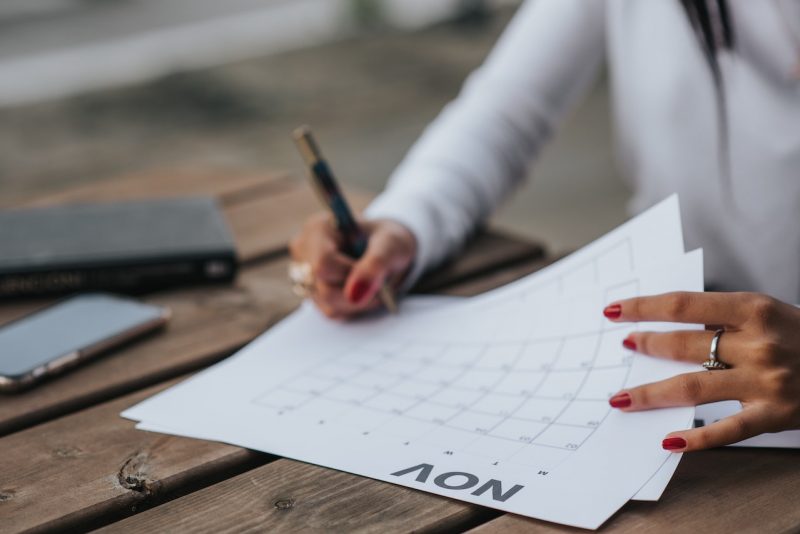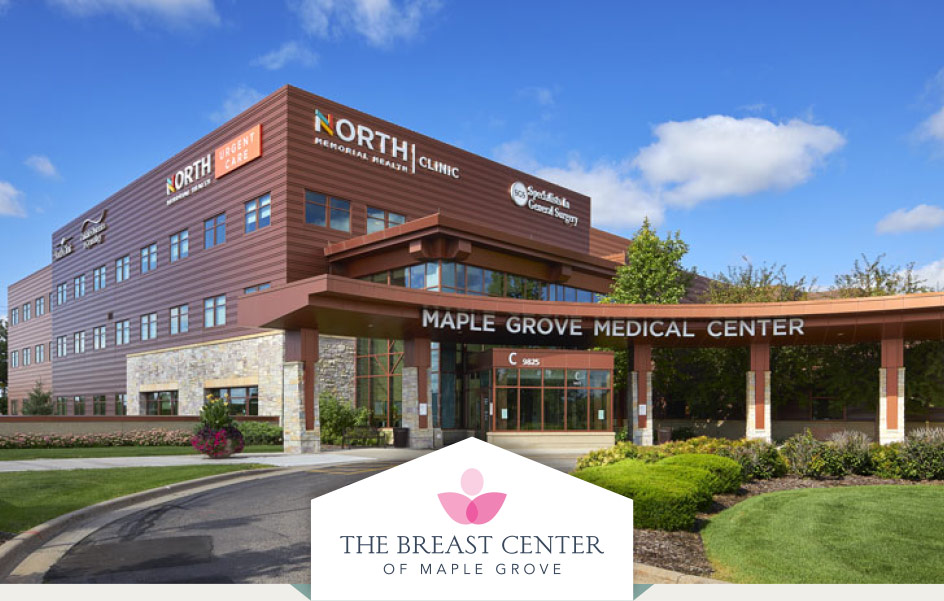Did you know a physical exam, not mammography, finds nearly 40% of breast cancers? So while mammography remains the gold standard in the early detection of breast cancer, a breast self-exam can be a valuable tool. It helps women become more familiar with what’s normal or abnormal for their breasts.
When to Check
Women should perform a breast self-exam 7-10 days after the start of their menstruation cycle. During this time, your breasts are less tender and lumpy, helping you assess your breast tissue with better clarity.
Even during pregnancy, while breastfeeding, or after menopause, women need to check their breasts monthly.
Remember that it’s not unusual for a woman’s breasts to change throughout the month according to her menstrual cycle. Therefore, if you are still menstruating, you may want to try performing the self-exam at different times in your cycle, so you become familiar with regular monthly changes to your breasts.
How to Perform a Breast Self-Exam
Many women choose to perform breast self-exams in the shower. However, it’s also helpful to self-examine while lying down because the breast tissue moves differently.
Step 1: Visually check your breasts in the mirror.
Keep your arms at your sides and look for any dimpling, puckering, bulging, nipple changes, redness, rash, or swelling. Next, raise your hands above your head and check again.
Step 2: Move your fingers around your breast in a circular pattern.
Check the entire breast and armpit areas. This includes feeling around the following spots:
- The area outside the breast, including up to the collarbone
- The armpit
- The middle of the chest
- The area down to the bottom of your ribcage
Step 3: Check for changes in the breasts.
This will include:
- Breast size and shape
- Nipple size and shape
- Color and texture of the skin on the breasts and nipples
Set a Reminder Each Month
Be sure to check your breasts every month and become familiar with how your breasts typically look and feel so you’ll be able to notice any changes. If you think you might forget, set a reminder on your phone to alert you at the same time each month to examine yourself. You may also want to take notes to record any changes or even if everything feels the same.
Please visit the National Breast Cancer Foundation for complete and detailed instructions on performing a self-exam standing up or lying down.
What Does a Lump Feel Like in Your Breast?
In a previous article, we described a breast cyst and how it feels. A breast cyst is a fluid-filled sac located in the breast area. Approximately 25% of breast masses turn out to be cysts and are typically benign (i.e., noncancerous). However, contacting your healthcare team is still important if you notice a cyst has a thick outer wall or solid components within it.
Cysts are typically round or oval-shaped, and you can easily move them around with your finger. However, you may also feel pain or discomfort associated with a cyst and probably notice it change shape or go away. Again, you should contact your clinician if you have any concerns about a breast cyst.
Is It a Breast Lump or Breast Cyst?
A breast lump that may not be a cyst is typically hard (i.e., complex) and painless with uneven edges. Depending on its location, you may also be unable to move it with your finger.
There are usually other signs associated with a cancerous breast lump you may notice, such as:
Skin dimpling in the breast area: This can look as though your skin has a similar texture to an orange peel.
Changes in nipple texture and color: Pay attention to any changes that affect the surface of your nipples or their color.
Nipple discharge: Though discharge is also a symptom of a breast cyst, if you notice the color is clear or dark, you will want to consult your clinician.
Remember, there is no set size for breast lumps. They can be easy to spot on your skin or so tiny that you require a mammogram. This is why pairing monthly breast self-exams with annual mammograms is so crucial. They allow you and your care team to become more familiar with your breasts, so you will notice even the most minor changes as they occur and receive medical expertise as soon as possible.
Need To Schedule Your Mammography?
The Breast Center of Maple Grove makes it easy to fit a mammogram into your busy life; we’re open Monday through Friday, 7:30 am-5:00 pm, with late hours until 8:00 pm on Tuesdays.
We also offer convenient same-day appointments and welcome all walk-ins.
As we gear up for the New Year ahead, ensure you’re putting your health and wellness needs at the top of your to-do list.
Please schedule an appointment at our center today by completing our contact form or calling us at 763-398-6370. We’re here to support you on your wellness journey in 2023 and beyond!

